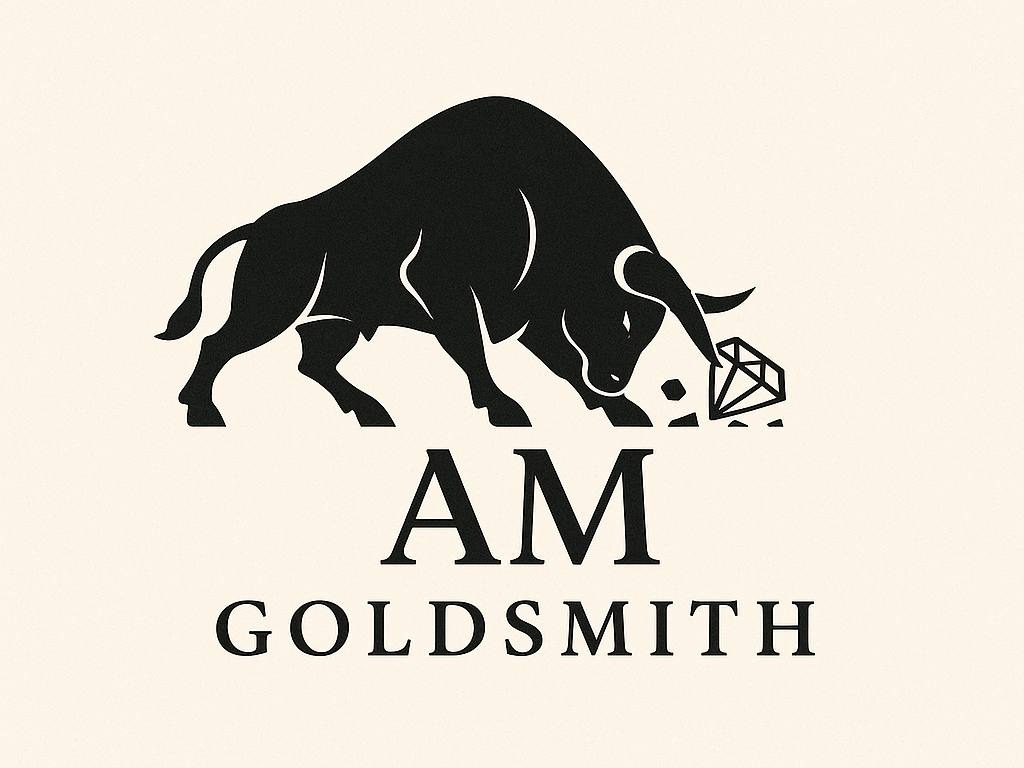The Canadian tax system is one of the most complex in the world, combining federal and provincial levels of taxation. For newcomers to Calgary, understanding all types of taxes levied on income is critical to proper personal financial planning and compliance with tax obligations.
Federal income tax: the foundation of the Canadian system
Federal income tax is the foundation of the Canadian tax system and applies to all residents regardless of their province of residence. In 2025, federal tax rates remain progressive with five main brackets.
-
15% on income up to $57,375
-
20.5% on income from $57,375 to $114,750
-
26% on income from $114,750 to $177,882
 Your trusted real estate agent in Calgary — Anna Hohol
Your trusted real estate agent in Calgary — Anna Hohol -
29% on income from $177,882 to $253,414
-
33% on income over $253,414
A progressive system means that higher rates apply only to the portion of income that falls into the corresponding bracket.
Provincial income tax in Alberta
In 2025, Alberta will have a new eight-percent tax bracket:
-
8% on the first $60,000
 Astropsychologist
Astropsychologist -
10% on income between $60,000 and $151,234
-
12% on $151,234 to $181,481
-
13% on $181,481 to $241,974
-
14% on $241,974 to $362,961
-
15% on $362,961
 AM Goldsmith
AM Goldsmith
These changes provide savings of up to $750 per year for taxpayers with incomes up to $60,000.
Combined effective rates for Calgary residents
| Income range | Rate |
|---|---|
| Up to $57,375 | 23% (15% + 8%) |
| $57,375 – $60,000 | 28.5% |
| $60,000 – $114,750 | 30.5% |
| $114,750 – $151,234 | 36% |
| $151,234 – $177,882 | 38% |
| $177,882 – $181,481 | 39% |
| $181,481 – $241,974 | 39% |
| $241,974 – $253,414 | 42% |
| Over $362,961 | 48% |
Canada Pension Plan: mandatory pension contributions
- 5.95% for the employee and employer on income up to $71,300
- An additional 4% from $71,300 to $81,200 (CPP2)
- Maximum contribution: $4,430.10
- Self-employed individuals pay double the amount
Employment Insurance: unemployment insurance
- 1.64% on income up to $65,700
- Maximum contribution: $1,077.48
- Employer pays 2.30% or $1,508.47
- In Quebec — other rates
Capital gains tax
- 50% of gains are included in taxable income
- Change to 2/3 — postponed until January 1, 2026
- Principal place of residence — exempt
- LCGE — up to $1.25 million for qualifying assets
Special features of taxation for self-employed individuals

- CPP: 11.90% on income up to $71,300 ($8,068.20)
- CPP2: 8% on $71,300–$81,200 ($792)
- Total: up to $8,860.20
- File T2125
- Business deductions: office, transportation, equipment
- Recommended to set aside 25–30% of income
Goods and Services Tax and Provincial Sales Tax
- GST: 5% (federal)
- Alberta does not have PST
- Total rate: 5%
- Other provinces — up to 15%
Special considerations for newcomers
- Residency determines when you start reporting your worldwide income
- SIN required
- Temporary SIN (with “9”) — subject to general rules
- CUAET — standard tax rules
- Tax return gives access to GST/HST Credit, CCB
Tax credits and deductions
- Basic Personal Amount (federal): $16,129
- Medical expenses, RRSP, student loans, charitable donations, education
- Family benefits: CCB
Filing and payment deadlines
- General deadline: April 30
- For self-employed individuals: file by June 15, pay by April 30
- Late payment penalty: 5% + 1% per month (up to 12 months)
Canada's income tax system is complex, combining federal and provincial elements with additional contributions to social programs. For Calgary residents, 2025 brought positive changes with a new 8% provincial tax bracket, reducing the tax burden for most middle-income taxpayers. Understanding all components of the system helps newcomers effectively plan their finances and comply with their tax obligations in their new country.